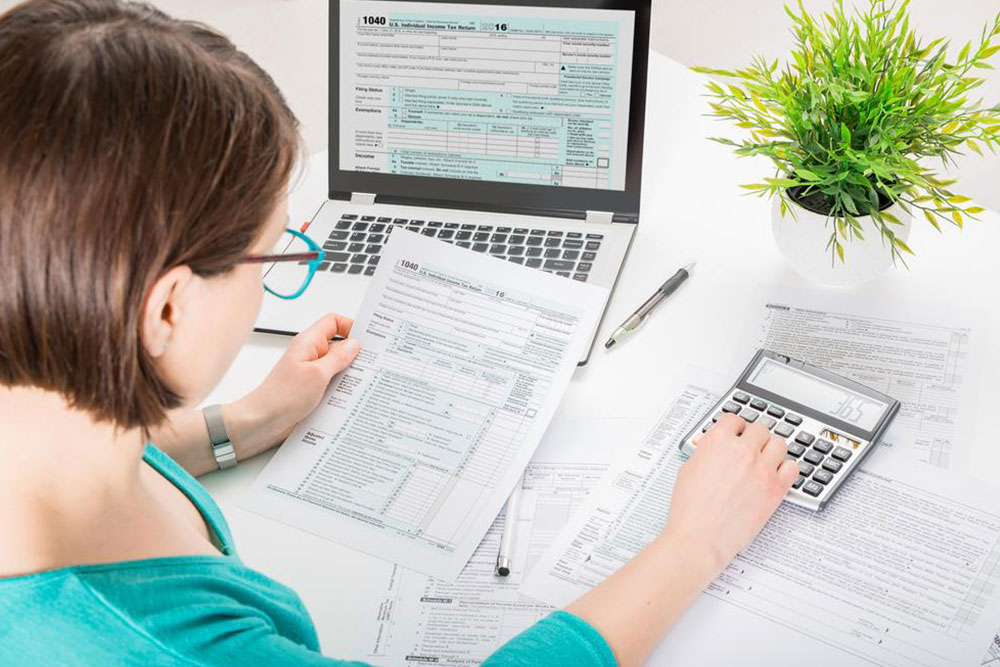Essential Guidelines on Property Tax Payments
Learn essential insights on property tax, including calculation methods, ways to challenge assessments, payment options, and available exemptions. Stay informed on how to manage and potentially reduce your property tax liability through various programs and strategies.
Sponsored

Property tax, also called ad valorem tax, is imposed on real estate and other types of property. Typically, local authorities determine the tax based on factors like location and estimated value. Failure to settle property taxes can lead to a tax lien— a legal claim by the government—and in some cases, the government may claim proceeds from the property's sale.
How is property tax calculated?
Generally, the amount is found by multiplying the property's assessed value by the local tax rate. Various elements influence these components.
Property valuation
Appraisers determine the worth of each property and land within a jurisdiction. Using advanced mapping tools, they compile databases of local property values. Usually, assessed values are below the market price but can fluctuate due to building permits, neighbor reports, or inspections. Machinery, vehicles, and other assets may also be liable for personal property tax.
Tax rate
Most real estate taxes are based on the "millage rate." In the U.S., one mill equals one-thousandth of a dollar.
Tax rates might be expressed in mills rather than percentages. Sometimes, only part of the home's value is taxed, reducing the overall bill considerably.
Can property taxes be reduced?
Yes, if you disagree with your property assessment, you can challenge it. Successful appeals may lower your tax burden. When contesting, ensure your assessment data matches your property details and compare with similar local listings or sales. Contact the assessor’s office or seek help from an independent appeals board for a fair review.
Methods to pay property taxes
Generally, there are two primary ways to settle your property tax obligation:
Escrow payments (PITI)
If you have a mortgage, your lender likely includes property taxes in your monthly payments by dividing the estimated annual tax by 12. Overpayment results in a refund.
Direct payment to the tax office
For those not including taxes in mortgage payments, payments can be made directly to the local tax authority. They typically send bills with payment instructions. Payment options include:
Checks or money orders
Online payments via debit or credit card
Electronic checks (eChecks)
Telephone payments using card
Payments can often be made quarterly, monthly, or twice yearly.Exemptions and relief programs
Some taxpayers may qualify for programs to lessen their tax burden. These include:
Property Tax Circuit Breakers: Offer tax credits to disabled individuals, seniors, and low-income households if taxes exceed certain income percentages.
Tax Deferrals: Allow qualifying seniors or low-income households (with incomes under $60,000) to defer part of their tax owed, paying only a low percentage of their prior year’s income while the rest is deferred.
Summary
Owners of homes, land, or farms must pay property taxes, which vary by state. Up to $10,000 of property taxes may be deductible, and if included in mortgage payments, the lender handles tax payments on your behalf. Understanding your options can help you manage and potentially reduce your property tax obligations effectively.





